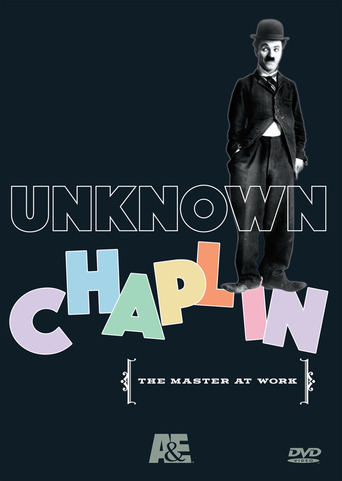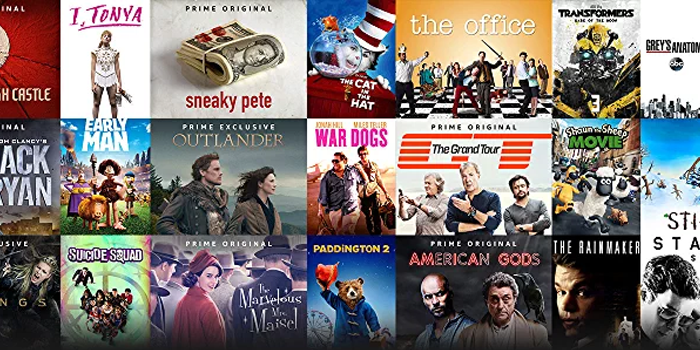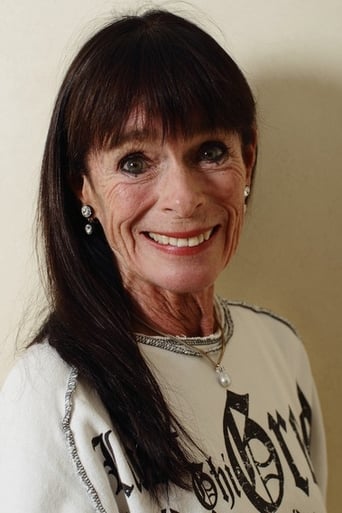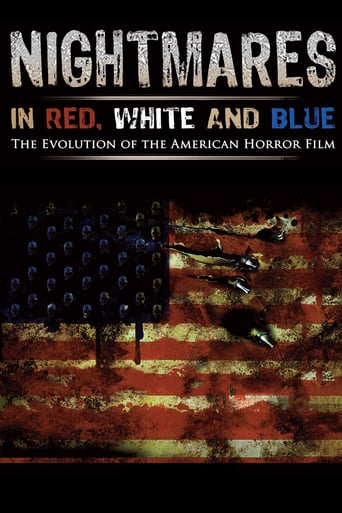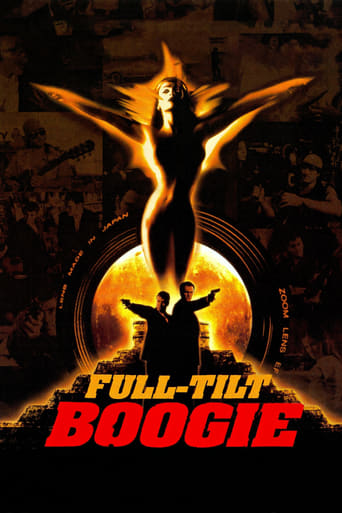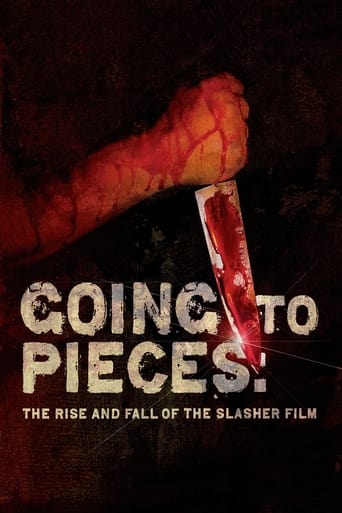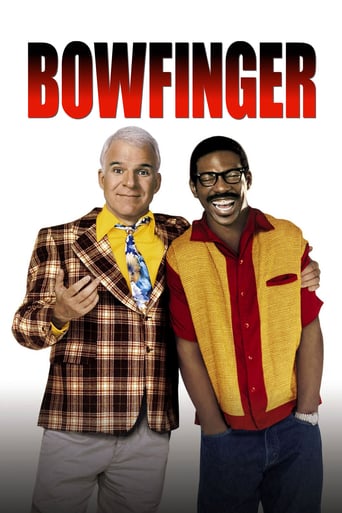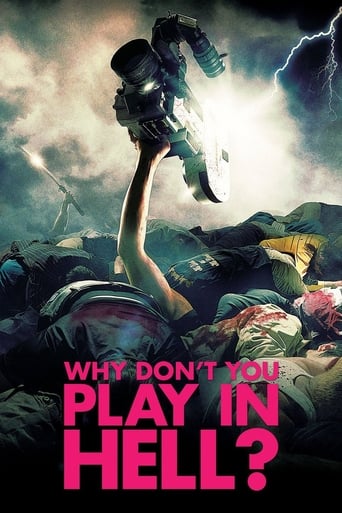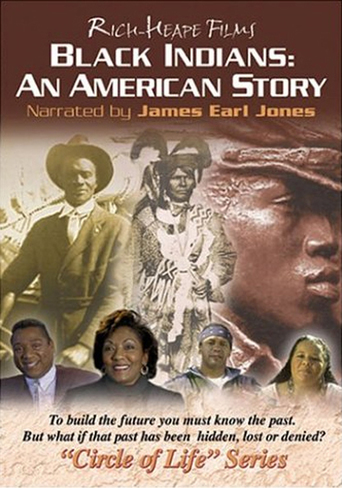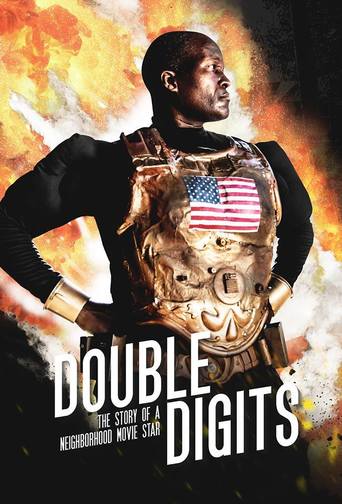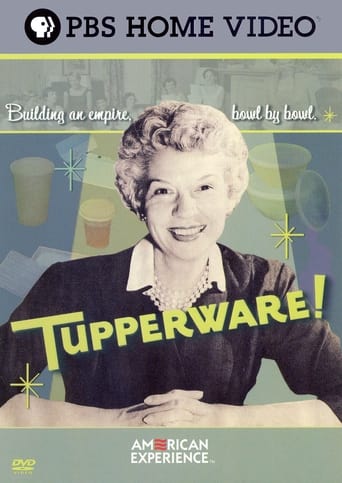Unknown Chaplin (1983)
A documentary series examining the film making methods and techniques of Charles Chaplin. Featuring previously unseen footage from Chaplin's private film archive.
Watch Trailer
Cast


Similar titles
Reviews
Best movie of this year hands down!
Terrible acting, screenplay and direction.
Tells a fascinating and unsettling true story, and does so well, without pretending to have all the answers.
Watching it is like watching the spectacle of a class clown at their best: you laugh at their jokes, instigate their defiance, and "ooooh" when they get in trouble.
Unknown Chaplin is a three part television series produced from outtakes and film clips edited from most of Charles Chaplin's well-known films. The first part focuses primarily on the Mutual period when Chaplin made twelve films in sixteen months. The film covers how Chaplin formed his own stock company to make films with much in the way John Ford would do a couple decades later. The film focuses on The Floorwalker, The Count, The Cure, and The Immigrant, while including clips of The Pawnbroker and The Adventurer. The film indicates how Chaplin rehearsed on film by viewing daily rushes and re-shooting scenes multiple times, how some gags worked by exploiting the variances in camera speed, and how Edna Purviance was not a trained actress and had to be shaped by Chaplin's direction.The second part of the film focuses on The Kid, The Gold Rush, and City Lights. It includes interviews with Jackie Coogan, Lita Grey, Georgia Hale, Robert Parrish, Virginia Cherrill, and Sydney Chaplin. A great deal of time is spent on the location shooting for The Gold Rush and the many highlights from that film. Most interesting is the initial introduction of the tramp and the flower girl scene in City Lights. Chaplin had to solve the dilemma of how to make it plain to the audience that the blind flower girl thought the tramp was a rich man. It took a year and a half of patience and countless retakes for Chaplin to solve it.The third part of the film focuses mostly on The Circus and the uncompleted film The Professor, but it also includes tidbits from City Lights, Modern Times, The Great Dictator, and Limelight. The third part showcases mostly scenes which were cut from Chaplin's final edit of his films influences some of his earlier silent pictures had on his later, more famous films. The film shows how Chaplin played an important role in the development of early cinema, combining his own artistic vision with the unbridled mayhem of his Mack Sennett days at the Keystone Company. Many of Chaplin's stock company get substantial screen time, including Edna Purviance, Eric Campbell, Albert Austin, Henry Bergman, John Rand, and Loyal Underwood. Major disappointments are the film's omissions of Chaplin's post-Limelight work, Monsieur Verdoux, and A Woman Of Paris, a box office failure upon its release now regarded as one of Chaplin's most important films and an adult film ahead of its time. James Mason narrates the film with appropriate earnestness. ***1/2 of 4 stars.
its almost ironic to call charlie chaplin unknown, but you truely learn how much you don't know about him with this series. It is getting you inside the mind of genius. The rare footage and personal interviews show you how secretive and personal chaplin was in life. If you are a silent film lover, this is a program you won't want to miss!
This delightful documentary shows the secrets of many clever tricks that were a mystery until two film historians studied Charles Chaplin's works. Highly recommended to any serious fan of Chaplin. The backwards hat trick alone is worth viewing the whole series.
Anyone who knows little about Chaplin or the silent movie era (including myself, being born in 1960) will find this documentary very educational.Thank goodness someone had the foresight to interview people who knew and worked with Chaplin while they were still alive. Documentaries like this are a crucial part of film history and preservation. People who actually worked in the silent era know it better than anyone.I highly recommend it to anyone.

